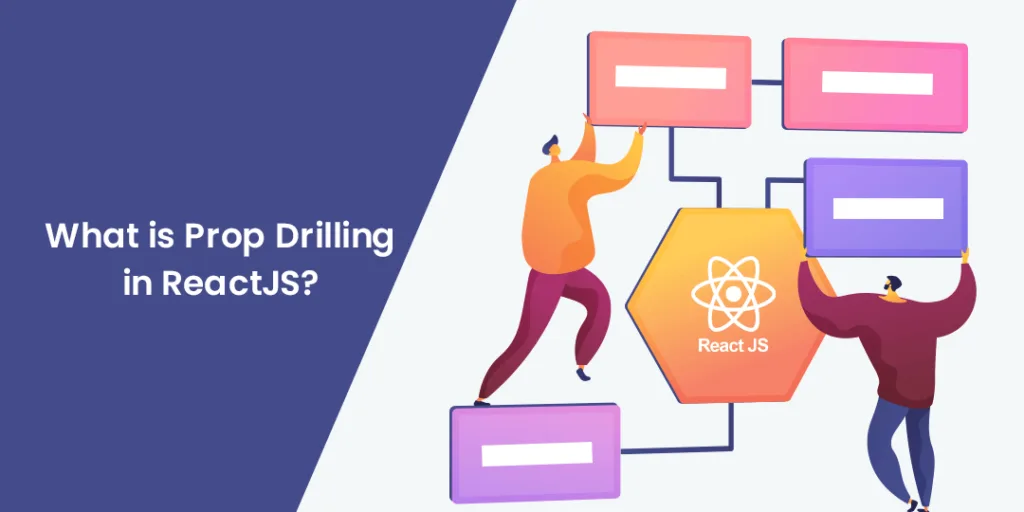Hello ReactJS Friends,
In this blog post, we will delve into prop drilling in React, its advantages and disadvantages and explore alternative solutions to handle data sharing in React.
What is Prop Drilling?
Prop drilling refers to the process of passing data or functions through multiple layers of components to reach deeply nested components that require access to that data or functionality. It occurs when a component in the middle of the component tree needs to share data with a component deep down the hierarchy.
Disadvantages of Prop Drilling in React:
Passing data through multiple components is not a good way of writing clean, reusable, and DRY code. Prop drilling can introduce several drawbacks to your codebase.
Increased Complexity
As data or functions are passed through multiple components, it becomes challenging to understand the flow of data and track the origin of a prop. This can lead to code that is harder to debug and maintain.
Reduced Reusability
Components that receive props solely for the purpose of drilling them down the component tree become tightly coupled to their surroundings. This reduces their reusability since they depend highly on the specific structure and context of their parent components.
Maintenance Challenges
Prop drilling can make refactoring or reordering components in the hierarchy more difficult. Any change in the data flow may require updating multiple components, increasing the risk of introducing bugs.
Alternatives to Prop Drilling in React
Fortunately, React provides alternative solutions that can mitigate the issues associated with prop drilling.
React Context
The React Context API provides a way to pass data through multiple nested levels of components without manually passing that data to each level. React context is one sure way of globally managing your data in your app, and it’s a good way to avoid prop drilling.
React Context allows you to create a centralized data store that any component in the tree can access without explicit prop passing. By defining a context provider at a higher level, data can be shared and consumed by any component that opts into that context. This eliminates the need for prop drilling and provides a cleaner, more maintainable solution.
State Management Libraries
State management libraries like Redux or MobX offer a more comprehensive approach to managing shared state in React applications. These libraries allow you to create a global state store that any component can access. They provide a clear separation between state and UI components, reducing the need for prop drilling and simplifying data management.
Learn – How to Implement Redux in ReactJS?
Example:
import React, { useState } from 'react'
function Parent() {
const [title, setTitle] = useState('Scaler Topics')
return (
<>
<div>This is a Parent component</div>
<br />
<ChildA title={title} />
</>
)
}
function ChildA({ title }) {
return (
<>
Prop is received from the Parent component and passed on to the ChildB component
<br />
<ChildB title={title} />
</>
)
}
function ChildB({ title }) {
return (
<>
Prop is received from the ChildA component and passed on to the ChildC component
<br />
<ChildC title={title} />
</>
)
}
function ChildC({ title }) {
return (
<>
Prop is received from the ChildB component
<br />
<h3> Welcome to</h3>
<h4>{title}</h4>
</>
)
}
export default Parent
Conclusion:
I hope this blog post provides a helpful overview of prop drilling in React and offers alternative solutions to handle data sharing effectively.
Share the article with your friends and help them learn about prop drilling in React and its consequences. Stay updated with us for more.
Happy Coding!
